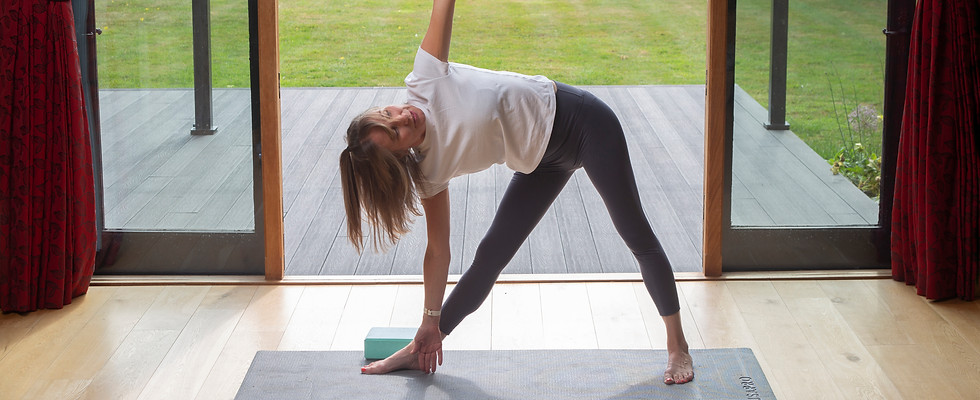Is Yoga for me?
Yoga is for everyone! If you can breathe you can do yoga. This is something I feel very strongly about and I hope is reflected in my classes. The benefits of taking part in yoga go way beyond the physical benefits that you will notice on the mat. When joining in as a beginner, you may notice the benefits of stretching and elongating your muscles, some you may not have used for a while or ever. But through coming to class regularly or practising some of the movements at home you will notice improvements in your flexibility, strength and stamina for other exercise.

Do I need to be flexible to do yoga?
No, most definately not! One of the best parts of taking part and teaching yoga is that you do not need to be flexible to take part. In fact you will notice improvements after your first session as you turn up on your mat more and more. Although there is absolutely no competitive element to yoga, what I find very rewarding when I do yoga is how you can see your progress over time, this may even be during one day! You may aim to do a seated forward bend in the morning and hardly be able to hinge forward. However by trying slowly and gently, and then perhaps trying the same pose later in the day you are likely to see an improvement. Mainly because you have warmed up through the day. However if you continue to practise a range of poses during the week, month, and year the flexibility and strength you are looking for will improve and come back.
Yoga for physical and mental health
One of the main reasons I was drawn to yoga over 20 years ago is because of the benefits to both mental and physical health. I always found that the times I would attend a yoga class was when I may have been feeling stressed, anxious, sad, lonely. Yet I always felt better afterwards! I now know more about the reasons behind this. Yoga taps into our nervous system, it allows our parasympathetic nervous system to reset various hormones and neurotransmitters in our brain to settle through the encouragement of regular focused breathing. It involves slow focused movement which is allowing adrenalin to be focussed on maintaining balance, yet the movement is often simple yet purposeful so it is not overwhelming for the anxious brain.